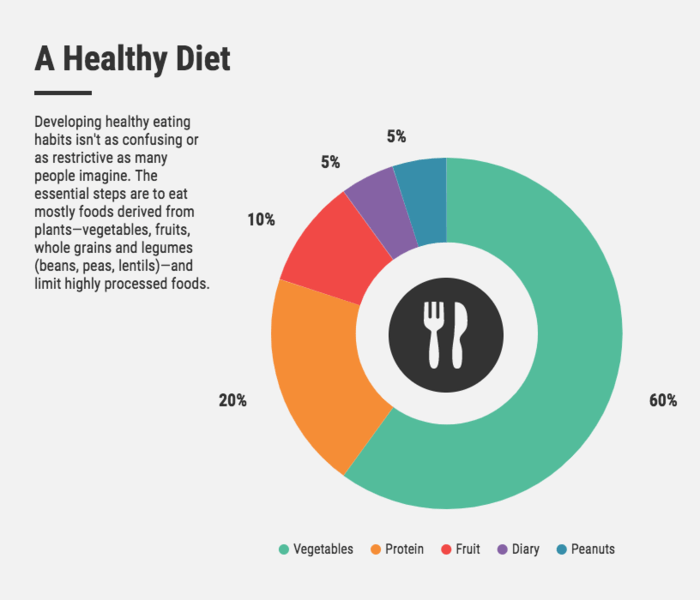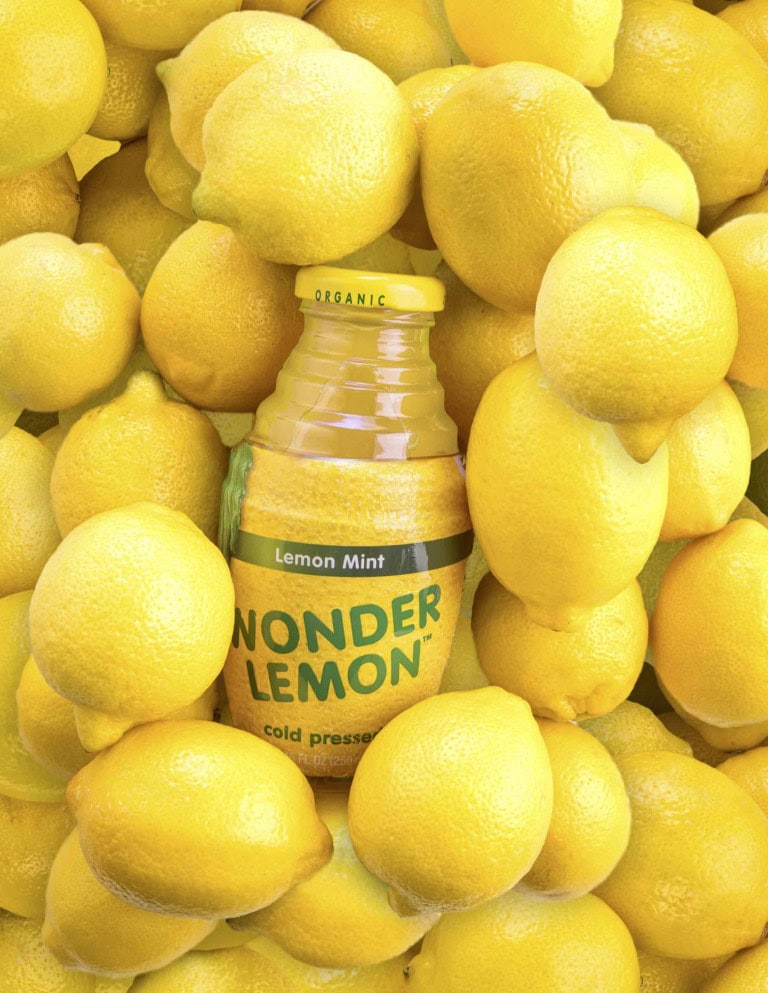Choosing a Holistic Approach to Pain Management
This post contains affiliate links. Click here to read my affiliate policy.
Last Updated on September 10, 2025

Understanding Holistic Pain Management
A holistic approach to pain management focuses on treating the whole person rather than just the symptoms. This means addressing the emotional, mental, and physical aspects of pain, ensuring a well-rounded strategy for healing. By considering all facets of a person’s life and health, therapies can be tailored for more effective pain relief.
The holistic method often incorporates various healing practices, including physical therapy, chiropractic care, and massage therapy. Each of these modalities plays a crucial role in alleviating pain while promoting balance and wellness. Such strategies not only relieve discomfort but also empower individuals to take charge of their health journey.
Recent studies have shown a significant shift in public preferences regarding pain management solutions. Many individuals are now seeking alternatives to pharmaceuticals, especially as awareness of their potential side effects increases. In fact, a large portion of the population expresses a clear preference for non-drug methods of managing pain.

The Role of Massage Therapy
Massage therapy is one of the most beloved holistic treatments, and it’s backed by impressive statistics showing its popularity. According to Zippia, over 104,838 certified massage therapists are working in the United States, providing relief to countless individuals suffering from pain. This form of therapy not only alleviates physical discomfort but also significantly improves emotional well-being.
The physical manipulation involved in massage therapy helps increase blood flow, reduce muscle tension, and promote relaxation. As a result, many clients report a noticeable decrease in pain levels and an overall improvement in their quality of life. This makes massage therapy an excellent complement to other treatment options available in a holistic health plan.
Importantly, massage therapy is recognized for its ability to reduce stress and anxiety, common contributors to chronic pain. By addressing these emotional components, massage therapy helps create a more comprehensive approach to pain management. This not only benefits individuals seeking relief but also informs healthcare providers about the significance of integrating multiple modalities into treatment plans.
The Impact of Chiropractic Care
Chiropractic care is another essential component of holistic pain management that deserves attention. More than 35 million individuals receive treatment from chiropractors across the United States each year, according to the American Chiropractic Association. This alternative therapy focuses on the musculoskeletal system, particularly spinal alignment, which can affect nerve function and overall health.
Chiropractic adjustments aim to restore balance and mobility, alleviating pain and promoting natural healing processes. This non-invasive method can offer relief for various conditions, including back pain, headaches, and joint issues. Many patients not only find relief from their symptoms but also experience enhanced overall well-being as a result of regular chiropractic care.
By including chiropractic care in a pain management strategy, individuals can achieve more sustained results. This collaborative approach often yields better outcomes compared to traditional methods relying solely on medication. Furthermore, this emphasis on health and wellness lays the foundation for continued improvement and a healthier lifestyle post-treatment.

Exploring Non-Drug Alternatives
An increasing number of people are seeking drug-free methods for managing pain, leading to a surge in popularity for holistic approaches. According to LLCBuddy, a staggering 78% of individuals show a preference for alternative therapies over pain medications. This growing inclination indicates a significant shift toward natural solutions that support long-term health.
Techniques such as acupuncture, yoga, and mindfulness meditation are gaining traction as viable alternatives to pharmaceuticals. These methods not only relieve pain but also promote relaxation and mental clarity, enhancing overall health. As individuals adopt these practices, they often experience not just immediate pain relief but also lasting improvements in their overall lifestyle.
The shift towards non-drug methods underscores the importance of providing individuals with multiple options in their pain management journey. These alternatives can empower patients to become active participants in their health care decisions. By prioritizing holistic approaches, we can protect future generations from the pitfalls of over-reliance on medications and promote a healthier society.
Pain management is evolving beyond traditional pharmaceutical options to embrace a holistic approach. By integrating techniques such as massage therapy and chiropractic care, individuals can find relief that considers their overall health and well-being. As awareness of non-drug alternatives grows, it is essential to continue supporting and promoting these beneficial practices.






